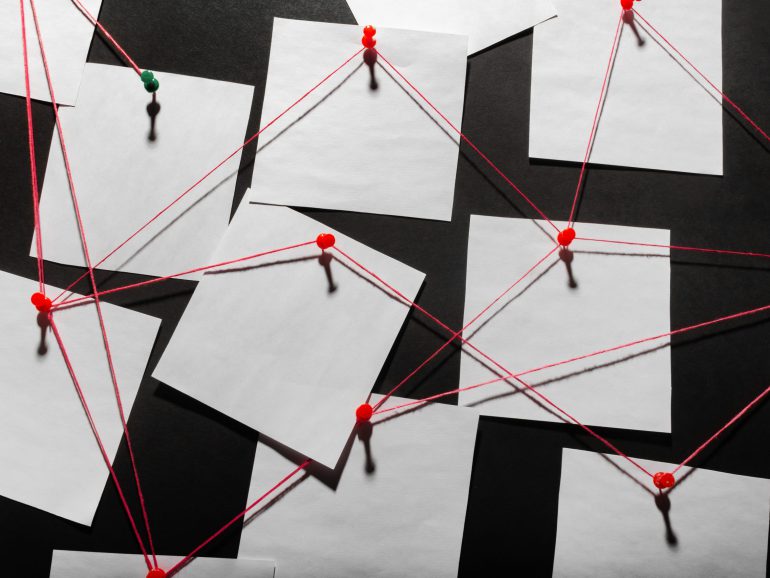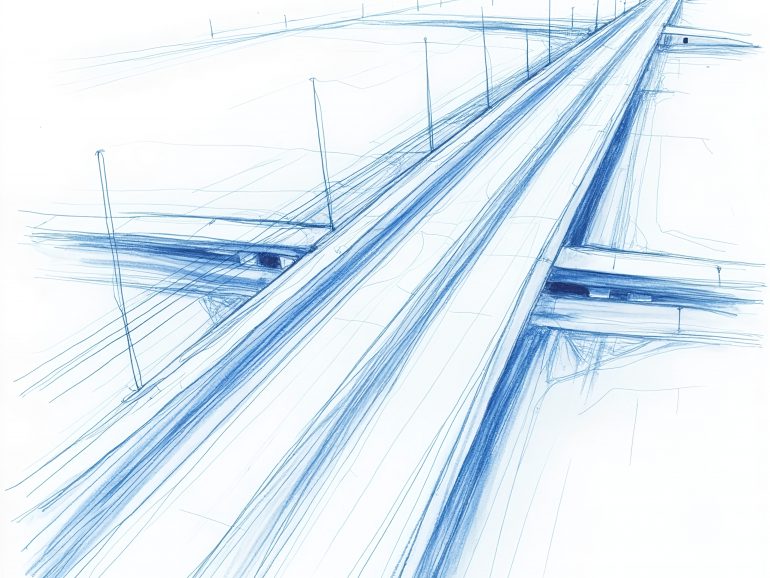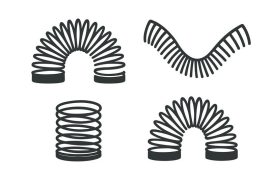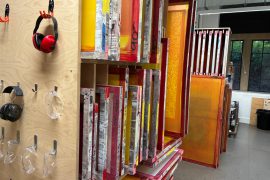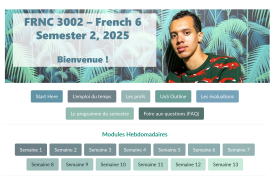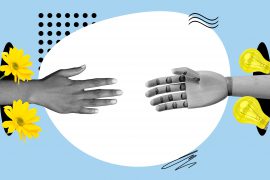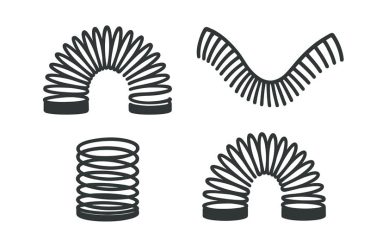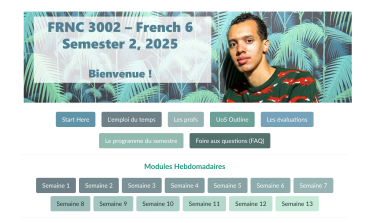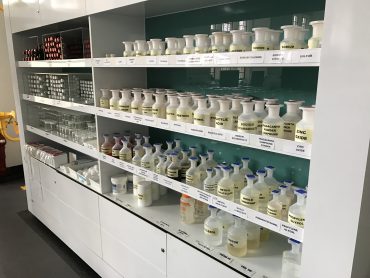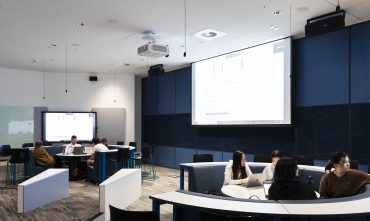
Featured Posts

To Gen AI or not to Gen AI: Collaborating with student partners on the two-lane assessment approach
byTime has passed since the unleashing of ChatGPT for public consumption in November 2022, and we are no longer faced with the dilemma of…
Latest Posts
To Gen AI or not to Gen AI: Collaborating with student partners on the two-lane assessment approach
byTime has passed since the unleashing of ChatGPT for public consumption in November 2022, and we are no longer faced with the dilemma of…
Teaching critical self-reflection with help from generative AI
byWe live in a world marked by environmental challenges, social inequities and political uncertainty. These issues are not peripheral to universities; they are central…
Using storytelling and decision-making to create active learning experiences
byEveryone loves a good story and using storytelling in teaching is a powerful tool. With their relatable characters and vivid details, stories can engage…
Authentic workplace learning in pharmacy through mystery shopping
byWork-integrated learning (WIL) is essential in professional health education, but it doesn’t always prepare students well for real practice. In pharmacy education, students traditionally…
You have a customised AI agent – now what? Implementing and iterating Cogniti for improved teaching and learning
byThe presence of generative artificial intelligence (gen AI) and Large Language Models (LLMs) has become ubiquitous. Students are already using gen AI, often to…
Benefits of curriculum mapping for teaching efficiency and program management
byAt a time when we’re ensuring our programs are future-ready – particularly in response to generative AI and evolving workplace demands – it makes…
Everyday innovation – creative practice
byCreativity is a process of exploration, experimentation, and taking chances which is vital in teaching and learning. Such exploration is related to generative playful…
Insights for educators on interdisciplinary education
byI was inspired to write this post after repeatedly having to explain the nature of my teaching. My engineering training and industry experience often…
Adapting HDR supervision practice at the speed of trust with generative AI
byHigher Degree by Research (HDR) journeys are often framed as a sort of personalised apprenticeship in disciplined inquiry: sifting texts manually, wrestling with raw…
Scaffolding International Business learning with Generative AI
byAnalysing complex, multinational companies and communicating these insights clearly is essential to international business. But it’s no small task! Recently Professor Hans Hendrischke and…
Delivering personalised feedback at scale using peer videos
byIn a cohort of large numbers of students, feedback can easily become impersonal. But what if the most powerful feedback didn’t come from us,…
False flags and broken trust – Can we tell if AI has been used?
byA recent ABC news investigation and Sydney Morning Herald story revealed the human cost of the use of AI detectors in some universities and…
Adapting Lane 2 assessments through familiar core principles
byThe rapid advancement of generative AI tools has brought about a new era in educational assessments. These tools, with their ability to create everything…
Taking the plunge together: A student’s journey in co-designing with staff
byIn Semester 1 2025 I joined a project in my home area of study, the University of Sydney Business School, to help educators navigate…
R-E-S-P-E-C-T: Student voices driving assessment innovation
byJust like the iconic song that spells out RESPECT, successful co-design in education begins with valuing student voices. A recent strategic education project in…
Decolonising the curriculum and fostering empathy through intercultural literacy in the french classroom
byIntercultural literacy is both a key part of one of Sydney’s graduate qualities, cultural competence, and of our teaching in the School of Languages…
Two parallel lanes: the roadmap for a future-ready transformative education
byGenerative AI is a revolutionary technology whose impact on society, industry and individuals is likely to be far larger than the invention of the…
Navigating AI in Higher Education: tasks ahead for 2025 and 2026
byThe rise of generative AI marks a seismic shift in education: one that rivals the impact of the internet, the printing press, and electricity….
A recipe for relational pedagogy: Combining warmth, competence, high expectations, and academic rigour
byIn the very first class of a multi-cohort unit I was coordinating some semesters ago—the Ernst & Young Interdisciplinary and Community Project Unit (ICPU)…
Should I dispense this? Teaching pharmacists to decide with confidence
byLegal and ethical decision-making skills are essential for many healthcare professions, including pharmacists. Every day, pharmacists need to make decisions about whether prescriptions meet…
Listening to What Works: Insights from Sydney Coordinators on Student Experience
byIn early 2025, the Deputy Vice-Chancellor (Education and Students) and the Strategy Portfolio partnered to engage nearly 100 Unit of Study Coordinators across the…
Closing the feedback loop: What we learned when our assessment changes failed
byWhat do you do as an educator when a successful teaching innovation completely backfires with a different student cohort? In a previous Teaching@Sydney article,…
From Page to Performance: How Interactive Orals Transform Academic Writing Pedagogy
bySince 2020, I have been teaching academic writing across undergraduate and postgraduate levels within the Discipline of English and Writing Studies at the University…
Feedback, fairness and flow: Group work management reimagined with SRES
byAs a new hire through the Sydney Education Horizon pathway, I was excited to be exposed to and amazed by the range of university-developed…

